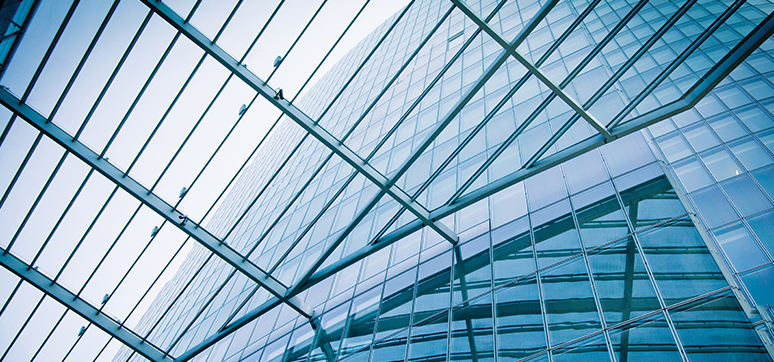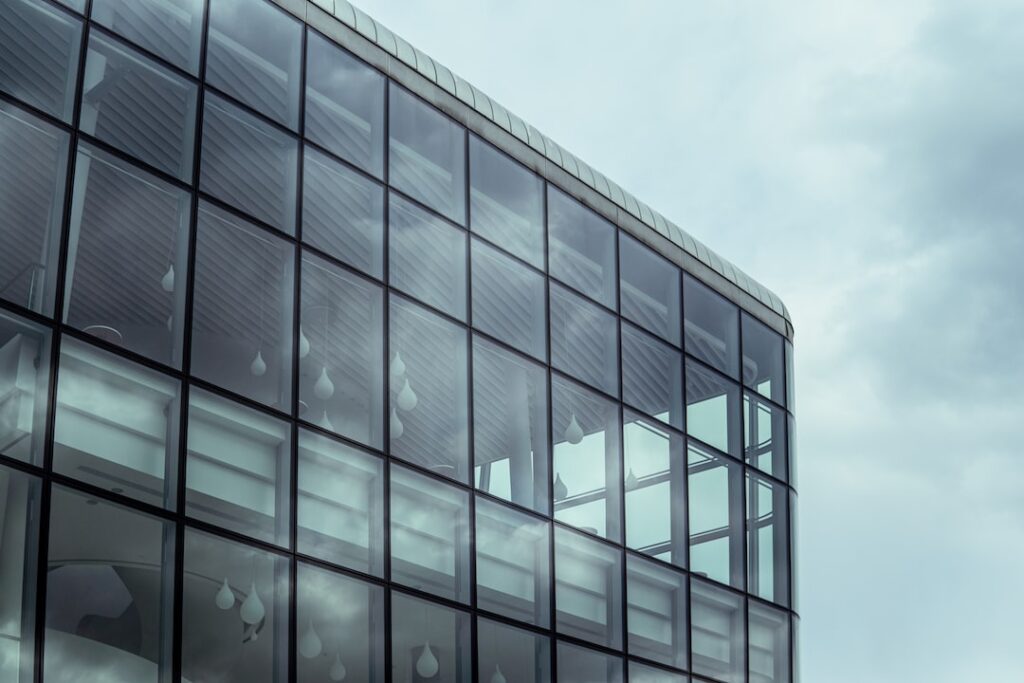Are glass buildings energy efficient? This is an important question for architects, engineers, and building owners. Glass can offer a number of advantages in terms of design aesthetics, but how well does it perform when it comes to energy efficiency?
In this blog post, we will look at the benefits and challenges that come with building structures made of glass, examine factors that influence its performance from an energy perspective, and discuss technologies for improving its energy efficiency and overall performance.
Are glass buildings truly capable of delivering optimal levels of energy efficiency? Read on to find out how are glass buildings energy efficient.
Table of Contents
Are Glass Buildings Energy Efficient?
Glass buildings offer many benefits that can help reduce energy costs and improve the overall look and feel of a building.
Energy Efficiency
One of the main advantages of glass buildings is their excellent energy efficiency. The use of insulated glazing units (IGUs) helps keep heat in during winter months while also keeping unwanted solar radiation out during summer months. This reduces the need for additional heating or cooling systems, resulting in lower HVAC bills over time.
Additionally, windows with low-emissivity coatings (Low-E) are designed to reflect infrared light back into the room, helping maintain an even temperature throughout the year.
Natural Light
Glass walls allow natural light to enter a space without having to turn on electric lights during daylight hours, which can save energy costs as well as create a more pleasant atmosphere inside the building.
Natural lighting also has been proven to have positive effects on productivity and moods among occupants within a space due to its calming effect and ability to stimulate creativity.
Unmatched Aesthetics
Glass facades add an element of modernity and sophistication that other materials cannot match. They also give any structure an open feel by allowing views from both sides of the wall or window pane, which is especially useful when designing large public spaces such as lobbies or atriums.
Furthermore, glass walls come in various colors and textures so designers have plenty of options when it comes to creating unique aesthetics for any type of building design project.
Challenges of Glass Buildings
While glass buildings offer many advantages, there are also challenges that must be taken into consideration when designing and building glass walls.
Heat Loss/Gain
One of the biggest challenges of glass buildings is heat loss or gain due to their lack of insulation. Glass does not provide any insulation from the outside environment which can lead to uncomfortable temperatures inside the building during extreme weather conditions. This can result in higher energy costs for heating and cooling as well as discomfort for occupants.
Glare and Reflection Issues
Another challenge associated with glass buildings is glare and reflection issues caused by direct sunlight entering through windows or reflecting off surfaces within a space. Glare can cause eye strain while reflections on computer screens can make it difficult for people to work.
Factors that Impact the Energy Efficiency of Glass Buildings
Not all glass buildings have the same energy efficiency. Some factors that come into play include building design and orientation, window treatments, glazing options, and climate control systems. Knowing how these factors affect energy efficiency can help optimize the performance of a glass building.
Building Design and Orientation
The shape of the building as well as its orientation to the sun will have a major impact on its energy efficiency. Buildings that are designed with large windows facing south will benefit from passive solar heating during winter months while those with north-facing windows may require additional insulation or shading devices to reduce heat loss in cold weather.
Additionally, taller buildings tend to be more efficient than shorter ones due to their increased exposure to sunlight throughout the day.
Window Treatments and Glazing Options
Window treatments such as blinds or curtains can be used to regulate light levels within a space while also reducing glare from direct sunlight outside.
Low-Emissivity (Low-E) coatings are applied to the surface of glass windows to reduce the amount of heat that can pass through them. This helps keep interior temperatures more consistent by preventing excessive heat gain in summer months and excessive heat loss in winter months. Low-E coatings also reduce glare from direct sunlight, making it easier for occupants to see clearly while still allowing natural light into the building.
Solar Control Films (SCF) are another option for improving energy efficiency in glass buildings. SCF is applied directly onto window surfaces and works by reflecting or absorbing solar radiation before it enters a building’s interior space. This reduces both cooling costs in summer months as well as heating costs during winter months.
SCF also helps protect furniture and flooring from fading due to prolonged exposure to ultraviolet rays from direct sunlight.
Insulated Glazing Units (IGUs) consist of two layers of glass separated by an air gap which provides superior thermal insulation when properly sealed around the edges.

(Source)
Strategies for Optimizing the Energy Efficiency of Glass Buildings
Glass buildings are becoming increasingly popular due to their aesthetic appeal and ability to provide natural light. However, these structures can also be energy-intensive if not properly managed.
How are glass buildings energy efficient? Here are a few strategies to ensure that glass buildings remain efficient.
Properly Insulate the Building Envelope
The building envelope is the barrier between the interior of a structure and its exterior environment. It is important to properly insulate this layer in order to reduce heat loss or gain through walls, windows, and doors. This can be done by using high-quality insulation materials such as spray foam or fiberglass batt insulation along with air sealing techniques like weatherstripping and caulking around window frames and doorways.
Install Automated Shading Systems
Automated shading systems use sensors to detect sunlight levels inside a building’s interior space and adjust blinds accordingly to minimize glare while still allowing natural light in. These systems also help regulate indoor temperatures by blocking out excess solar radiation during hot summer months while allowing more warmth in during colder winter days without having to constantly adjust window treatments manually.
Choose High-Performance Windows
Installing high-performance windows can help reduce energy costs associated with heating and cooling a building’s interior space. These types of windows provide better thermal resistance than standard single-pane windows and often come equipped with Low-E coatings. This helps maintain comfortable indoor temperatures all year round without relying heavily on HVAC systems.
Conclusion
How are glass buildings energy efficient?
Glass walls trap heat during winter months while blocking solar radiation during summer. This reduces the need for additional heating or cooling systems, resulting in lower power consumption. Additionally, windows with low-emissivity coatings (Low-E) are designed to reflect infrared light back into the room which keeps the temperature steady throughout the year.
While there may be challenges associated with using glass in construction, the benefits of increased natural light and improved aesthetics make it a worthwhile choice for many building projects. By understanding how factors such as insulation, glazing type, and shading devices impact the energy efficiency of glass buildings, architects and builders can create structures that are both beautiful and sustainable.





